Understanding high mileage and high hours on ATVs and UTVs is crucial to buying or selling a used vehicle. There isn’t an easy answer, so read this post to prepare yourself for a great purchase.
Like cars, ATVs that have been driven more miles have seen more action and have less life left in them, but ATVs and UTVs differ from cars in that you need to know the hours as well as mileage.
The ratio of miles to hours can indicate how the previous owner rode their vehicle, so you need to notice both numbers and compare them. If the ATV has high mileage but a small number of hours, they probably rode very fast and maybe recklessly. You would need to ask them about that. If the ATV has low mileage and many hours, this ATV was probably used for hauling or in tough terrain where their speed had to remain low. How bad that is depends on well the vehicle was maintained.
15 miles to 1 hours is the ideal hours to miles ratio on ATVs.
Truthfully, the most important thing you need to know is how the ATV or UTV was ridden and how it was cared for.
ATVs are intended to last 10 years or 10,000 miles. If they’re well cared for, they might last longer.
How long an ATV actually lasts varies greatly depending on the quality of the vehicle, the way it was ridden, and how it was maintained.
Some are useless after 100 hours, because they were a cheap brand and/or the owner abused or neglected the vehicle. Some can withstand harsh, truly harsh environments.
If you’re buying a used ATV, look for brand names you recognize and know are respected. This won’t answer all of your questions because someone can still run a great vehicle into the ground, but it is a crucial indicator of the original quality and expected life span of the vehicle.
Off-road are the core piece of riding gear for ATV & UTV riders
Find out the best look for you
This is the most important factor in the life of an ATV or UTV.
Previous owners have to have kept up with recommended service intervals, cleaned the ATV after every ride or weekend of riding, and made all necessary repairs.
Light trail riding, light to moderate farm use, and hunting, camping, or fishing trips fall in the light hours category. This puts little strain on the vehicle, so it will last a longer period of time.
Deep mudding, water use, higher than average speeds, rock climbing, and extreme hauling are hard hours that wear a vehicle out fast. It’s great fun while you’re doing it, but no one should expect these machines to last their full lifespan or to get top prices when they try to sell them.
Proper or improper storage impacts the life of the vehicle. It needs to have been stored indoors and protected from light, pests, and moisture. The area should also have been well-ventilated.
The area should also have been well-ventilated.
When storing the ATV, the owner should also have been mindful of fluids, tire pressure, and battery tending.
As cool as modifications are, they put a strain on the machine and decrease its lifespan. Take this into consideration when determining the price of a used ATV or deciding whether to purchase it. You should also make sure any modifications were installed correctly.
Thinking strictly of ATV mileage range and hours, 500 or fewer hours is ideal. 5,000 and up is considered high miles for ATVs and UTVs.
But don’t just go for the vehicle with the fewest miles. Consider the age of the vehicle. If someone has owned an ATV and clearly rarely ridden it, it’s unlikely that it’s in great shape after spending that much time in storage. Alternatively, it could tip you off that they’re lying.
Follow this plan.
First, ask the owner to make sure not to have the engine running when you arrive and/or notice whether it’s running when you arrive. This is a common tactic to hide that an engine doesn’t want to start.
This is a common tactic to hide that an engine doesn’t want to start.
Next, ask the owner questions about their use of the vehicle, maintenance done on the vehicle, and storage. Consider whether they seem trustworthy.
Ask to inspect the ATV or UTV, and test drive the vehicle.
No reputable seller should mind you taking any of these steps.
Once you know the hours, mileage, and the way the machine’s been cared for, think of the price. If you have the money and the ATV with fewer miles and hours seems like it’s been well cared for, go ahead and pay what seems reasonable. But don’t necessarily rule out buying a high mileage four-wheeler or one that’s done a lot of hours. A properly cared for quality brand of ATV might still be a worthwhile purchase, if it fits those criteria and you don’t spend much on it.
Consider how much is being asked and compare your budget and the likelihood of repairs or replacing it. You can get the best possible deal on a machine needs that some love by buying a salvage ATV. You can expect to probably need to invest in repairs and replacement in the future, but you won’t spend much on it so you can better afford the maintenance and repairs.
You can expect to probably need to invest in repairs and replacement in the future, but you won’t spend much on it so you can better afford the maintenance and repairs.
Routinely grease the ATV or UTV to protect it from water, dirt, mud, and more.
Clean the ATV or UTV regularly. This means you wash all mud, dirt, and bug parts off of the frame, clean the radiator, and maintain the filters.
Stick to maintenance schedules like your oil and coolant changes.
Make sure you adhere to proper storage procedures.
ENDURO Camogrey
the most durable
279 EUR
AQUAMASTER Red
reliability & comfort
677 EUR
ALL SEASON Black
62 EUR
TRACE 30L Red
63 EUR
SPEEDMASTER NEW Graphite
209 EUR
Explore all
 Miles Explained – Hours to Miles Conversion
Miles Explained – Hours to Miles ConversionUnderstanding the difference between hours and miles in an ATV and how they relate to each other can be confusing. How many hours per mile is normal? Is there a way to convert hours to miles? What do these numbers mean, and what can they tell you about the bike’s condition? These are some of the questions we’ll look into.
To help determine what hour-to-mile ratio is normal, I’ve looked up a few real-life examples on various ATV forums, and ATV marketplaces. I’ve also included the readings on my own Polaris Sportsman.
| Make and Model | Miles | Hours | Mile-to-Hour Ratio | |
| Honda Rancher 420 | 190 | 79 | 2.4:1 | |
| Honda Rancher (unknown engine size) | 885 | 172 | 5.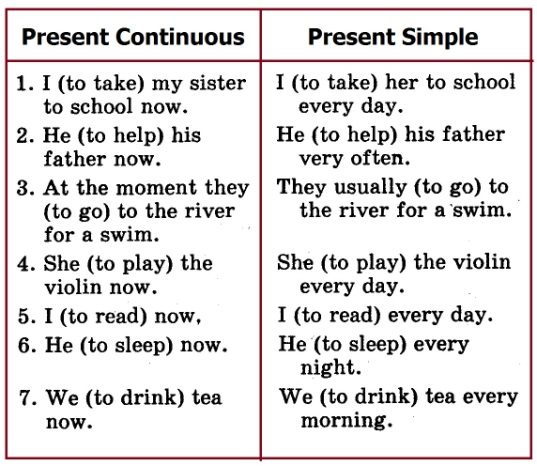 1:1 1:1 | |
| Honda Foreman (unknown engine size) | 5000 | 2000 | 2.5:1 | |
| Polaris Sportsman 500 | 20000 | 1800 | 11:1 | |
| Polaris Sportsman XP 1000 (mine) | 951 | 100 | 9.5:1 | |
| Polaris Sportsman 850 | 2700 | 190 | 14.2:1 | |
| Polaris Sportsman 570 | 440 | 50 | 8.8:1 | |
| Can-Am Outlander 650XT | 225 | 25 | 9:1 | |
| Can-Am Outlander 1000 | 270 | 32 | 8. 4:1 4:1 | |
| Can-Am Outlander 800 | 375 | 75 | 5:1 | |
| Can-Am Outlander 800 | 1400 | 100 | 14:1 | |
| Can-Am Outlander 800 | 477 | 77 | 6.2:1 | |
| Honda Foreman 500 | 5500 | 1500 | 3.6:1 | |
| Can-Am Outlander 800 XT | 3100 | 155 | 20:1 | |
| Can-Am Renegade 800 | 1812 | 76 | 23.8:1 |
According to my findings, the mile-to-hour ratio in ATVs varies vastly, ranging from 2. 4:1 all the way up to 23.8:1. The Can-Am Renegade with a ratio of 23.8:1 has traveled almost ten times as far as the Honda Rancher with a ratio of only 2.4:1. Another way to see it is the average speed of the Can-AM is about ten times that of the Honda.
4:1 all the way up to 23.8:1. The Can-Am Renegade with a ratio of 23.8:1 has traveled almost ten times as far as the Honda Rancher with a ratio of only 2.4:1. Another way to see it is the average speed of the Can-AM is about ten times that of the Honda.
I consider myself an average ATV rider with some farm work, some trail riding, some technical forest-riding, and even some mudding. With an hour-to-mile ratio of 9.5:1, I find myself in the middle of the scale.
Related: How Many Hours Do ATVs Last? What is Considered High?
What if you know the hours on your ATV but want to know how this transfers to miles? Is there a good way to convert hours to miles?
There is no way to directly convert an ATVs hours to miles and vice versa without knowing how fast the bike has been ridden. However, an ATV typically travels from 10 to 15 miles per hour on average. This equals a typical conversion rate in the range of 1:10 to 1:15.
Some ATVs spend most of their life at mid to high speeds on trails or are used in racing. These bikes typically have a low hour count relative to miles traveled.
Other ATVs are run mostly at slow to moderate speeds for farm work or technical riding such as rock crawling. These bikes typically have a higher hour count relative to the miles they have traveled.
Depending on your ATV’s primary usage, you can use these general guidelines to go from hours to miles or back.
So if you own an ATV that’s primarily been used for higher speed trail riding with 100 hours on it, you find the mileage by multiplying the hours by 20. 100 hours times 20 equalts to an estimated 2000 miles.
If you know the mileage but not the hours, you divide the 2000 miles read from the instrument panel by 20, giving an estimated runtime of 100 hours.
Again, these are just some general guidelines to give you a ballpark estimate. There is no way to do a precise conversion between miles and hours.
The hours on an ATV, often called engine hours, measure how many hours the engine has been turned on. The metric acts as the primary marker for keeping track of service intervals and overall vehicle wear.
The miles on an ATV are registered by the odometer and tell the total distance the vehicle has traveled. The metric is used as a secondary marker for keeping track of service intervals. With most ATVs, the mileage offers a less accurate indicator of vehicle wear and overall condition than the engine hours.
Keeping up with service and maintenance is crucial to ensure proper vehicle operation and optimal service life. This applies to all types of vehicles and machinery, ATVs included.
The manufacturer knows from experience and tests how long each component will last on average before it wears out. They also know at what intervals we need to make various adjustments and when to replace filters, oils, and fluids.
They also know at what intervals we need to make various adjustments and when to replace filters, oils, and fluids.
This information is systemized into a periodic maintenance and service schedule to track when to perform the specified service and maintenance tasks. This ensures safe and proper vehicle operation and enables the manufacturer to offer a warranty provided that the schedule is completed and properly documented.
The big question is how to track when the next service is due or when to replace various components.
We can quantify and measure different aspects such as distance traveled, hours of operation, units produced, and days, weeks, and months in use.
A typical ATV maintenance chart uses three different metrics to determine the maintenance intervals: hours, miles, and calendar – whichever comes first.

Which metric gives the most accurate representation of wear and tear is not the same in all vehicles.
As you may have noticed, with cars and other fast-moving on-road vehicles, we usually only talk about mileage and not engine hours to keep track of service intervals or when we’re considering the vehicle’s overall condition.
While most modern cars do count engine hours, the metric is not as relevant to determining wear and tear on components such as brakes, bearings, and axle joints. The engine hours don’t say how far the vehicle has traveled, only how many hours the engine has been running.
A car spends most of its time cruising at highway speeds and less time idling at a near standstill. The overall vehicle wear correlates well with distance traveled (mileage).
Also, for most people, the concept of mileage is more relatable than hours. Cars are primarily used for transportation from A to B. We use miles not only to keep track of when the next service is due but also how far it’s to the next city or far we can go without refueling.
That’s why using miles makes more sense in on-road vehicles such as cars and motorcycles.
With off-road vehicles, heavy equipment like excavators, or other vehicles that spend much of their time at medium to slow speeds or even operating at a standstill for hours, the mileage doesn’t provide a good representation of vehicle wear.
On these vehicle types, the engine hours typically offer a more accurate indicator of wear and tear than the mileage.
ATVs fall somewhere in between a car and an excavator. They typically don’t travel as far and at such highway speeds as most other on-road vehicles, but they usually move more than an excavator.
What’s unique about ATVs is the wide range of riding applications. The miles, hours, and the ratio between them vary quite a lot depending on how the bike is used. By using hours miles, depending on which comes first, we get a more flexible maintenance schedule that ensures proper maintenance regardless of how you use your ATV.
Please note that the service manual’s recommended intervals are based on average riding conditions. If your bike is subject to more severe use, it will wear faster and needs to be serviced more frequently.
In an ATV with high mileage or high hours, it is generally a good idea to look out for signs of wear and tear, as both of these metrics tell us something about how much the vehicle has been used.
However, the numbers by themselves tell only part of the story. High mileage or high hour count doesn’t always mean that the bike is worn out and in poor condition.
You also need to consider how well the bike is kept up with maintenance and overall care. A well-maintained ATV with relatively high mileage or hours could offer a much better deal than one that’s used only half as much but is neglected when it comes to service and upkeep.
Another critical factor is how hard the ATV was used previously.
One hour at near idle putting around the farm is quite different from riding one hour flat out on a track day. The latter causes more wear to components such as bearings, tires, engine, transmission, and suspension.
Riding applications that cause excessive wear and tear (according to the Polaris user manual):
Comparing the hours of runtime to miles traveled can indicate how aggressive precious owners drove the ATV.
While there is no rule without exceptions, a high hour, low mileage ATV has likely not been ridden as hard or aggressively as one with low hours and high mileage.
Some ATVs count hours, some count miles, while others count both. The hours are typically used as an addition to the mileage to keep track of operating time between service intervals.
However, when an ATV is listed for sale, they typically go by miles rather than hours. Most sellers also include the hours as it’s a good indicator of the bike’s condition and how hard it has been ridden.
Most sellers also include the hours as it’s a good indicator of the bike’s condition and how hard it has been ridden.
Not all ATVs use the same method to count the hours.
Most ATVs count hours only when the engine is running, including active runtime and idling. However, some models, such as some from Can-Am, count hours whenever the key is turned on and even if the engine is not running.
Therefore some Can-Ams may have a disproportionally high hour count from intentionally or unintentionally leaving the bike for extended periods with only the ignition on.
Given that you are here and want to recognize the full throttle of a 125cc ATV, you need to know what an ATV is and also how fast a 125cc ATV is.
For beginners, an ATV is short for ATV. All-terrain vehicles of all types of soil provide the ATV with a large area.
125cc ATV mainly for youth. This is a safe choice for beginner bikers who are new to this and also want to get more information about driving as well as the roads.
This is a safe choice for beginner bikers who are new to this and also want to get more information about driving as well as the roads.
Whenever we talk about 125cc, it is considered to be in the middle category because it can reach top speed and provide enough traction to help you get through the dirt without any problems.
When it comes to ATVs, top speed refers to the highest degree of speed a vehicle can achieve when traveling on the road. Full throttle varies from bike to bike and depends on a variety of factors which consist of the types of materials used and the components installed. nine0003
Contents
What does 125cc mean? The 125cc engine will take up 125cc, while the larger 700cc engine will take up 700cc. The more cubic centimeters an engine has, the more air and fuel it can consume, which usually results in more power.
125cc ATV can go up to 40 mph ideally . You can slow down to 10 mph and sometimes 5 mph, or you can hit the gas all the way to 40 mph. Youth ATVs are equipped with speed limiters to control their speed. .
You can slow down to 10 mph and sometimes 5 mph, or you can hit the gas all the way to 40 mph. Youth ATVs are equipped with speed limiters to control their speed. .
Thanks to its many uses, the 125cc ATV The is a great choice as a starter choice for teenagers as well as the for toddlers as it is fast enough to keep their passion going as well as running at around 22 mph or 38 mph. Most importantly, this is a great beginner quad, not powerful enough for serious riding technique, jumping, big climbs or racing. nine0003
Choosing the right engine for you or your child is extremely important when buying an ATV.
Depending on the power of the cylinder, you will surely be able to choose the right ATV for you. Look into joining a list for a better understanding.
Approximately 70 cc - they are used for children up to 11 years of age.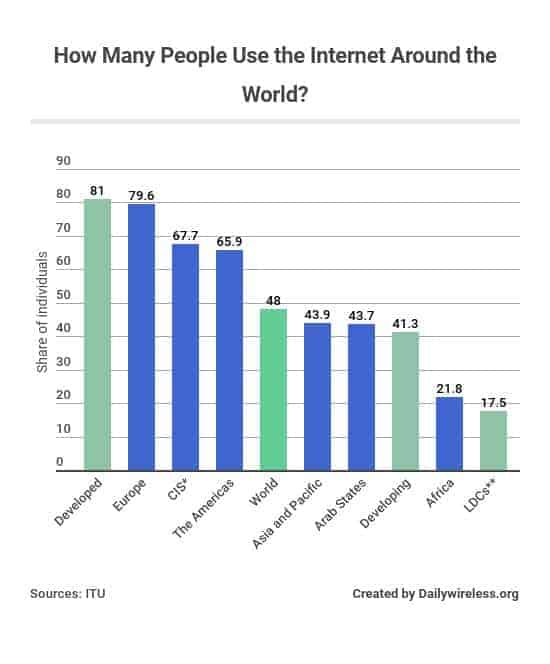
70 to 90 cu. cm - they can be used by teenagers aged 12 to 15 years. nine0008
125 to 250 cc cm - suitable for both beginner teenagers and adults.
Cylinder size can start at 50cc and go up to 700cc.
But keep in mind that height is also an important factor when choosing an ATV. Classification from 125 to 250 cu. CM is ideal for beginners who are not familiar with wilderness riding and are unfamiliar with rough or rocky roads. One of the most practical tools for adults or professionals ranges from 450cc to 700cc. nine0003
If you are looking for an ATV for your child, you don't have to worry as you stay in the best area. From the list above, it can be seen that engines from junior to 90cc are suitable for children. But to boost the performance of an ATV, different brands have gone to great lengths to find some fantastic 125cc ATVs specifically made for kids.
They are supervised by professionals to make sure they are absolutely safe for children. Each kids quad has unique features as well as additional safety options. If your child loves the outdoors and travelling, an ATV can offer the best taste of nature and flexibility to their hearts, while the controls are still in your hands. nine0003
Each kids quad has unique features as well as additional safety options. If your child loves the outdoors and travelling, an ATV can offer the best taste of nature and flexibility to their hearts, while the controls are still in your hands. nine0003
If you do a thorough research, you will certainly be able to find the right one for your child. A couple of points that might help is to make sure you buy one with a speed limiter and it has both headlights and taillights installed as they help a lot.
ATV suppliers generally do not set biker weight limits for their youth models. It has optimum load capacity 364 lbs , engine stop button, and push button starter controls. The highest center of mass is cunning.
While a full-size ATV with a huge engine can fit an adult, the risk of injury to a teenager on such a device is much higher. For shorter cyclists, the 125cc ATV is a good choice for the . The 125cc ATV is not the smallest available, however it is not exceptionally large or powerful compared to other models. nine0003
The 125cc ATV is not the smallest available, however it is not exceptionally large or powerful compared to other models. nine0003
1. Use the best fuel.
A quick and easy change you can make is to start using higher octane gasoline. Many ATVs don't need to use higher octane fuel from the manufacturer, but this can help. increase the efficiency of your engine .
If you can, do not use ethanol-based fuel, and also choose fuel with a higher octane rating of . It will cost a few dollars even more than inexpensive fuel, but you will definitely notice the difference when you step on the gas pedal.
Higher octane gasoline burns cleaner, providing better gas mileage and much less wear on the mechanical parts of your gas system. Of course, the best gas mileage on an ATV is not as noticeable, but there is a difference in performance.
2. Upgraded air filter.
Upgraded air filter.
You must be regular inspection of the air filter and clean it if necessary. If the air filter starts to get overloaded, it will certainly affect the amount of air the engine can use to run. Driving with a clogged air filter is almost like turning off your engine.
The increased air circulation these filters provide will definitely allow your engine to get even more air. Much more air-fuel mixture means even more power. nine0008
3. Adjust the throttle stop screw.
On many ATVs, if you look to the right side of the handlebar where the throttle is, you will see the boss. A screw will stick out on the handle, this is the throttle limiter. Throttle limiter will limit the amount of throttle You can provide your engine while driving.
Be sure to turn the screw all the way out if you are going to use the maximum throttle. To adjust this, simply loosen the lock nut holding the throttle stop screw in place, replace the screw, and tighten the lock nut by pulling it back. nine0003
nine0003
Check the throttle limiter screw to make sure you are getting the limit your engine can turn on.
4. Change tire size, weight and pressure.
Of course, tire pressure depends on the type of terrain you drive. When riding in sand or snow, lower tire pressure will certainly make you much faster, but on flat, hard surfaces, higher tire pressure can help a lot. more. I would of course 9The 0007 is recommended to run at around 5 psi as good throughout the entire number.
If you want to make your ATV faster, you need lightweight aluminum wheels. Tire size can also make a difference, depending on what you're doing. Make sure you choose the right tire size for your ATV and your edges.
If you want much more speed, choose a smaller tire. nine0008 If you need a higher top speed, choose a larger tire. Tire size is very comparable to replacing your tailoring sprocket. A larger tire will need even more power to convert it, but will cover a larger area in one change. I usually don't change tire sizes unless I'm trying to increase the ground clearance of my quad.
I usually don't change tire sizes unless I'm trying to increase the ground clearance of my quad.
5. Add nitrous oxide.
Adding a nitrogen kit to your ATV can give you a nice speed boost when you really need it. In fact, they are not that difficult to install or use.
There are several different nitrous oxide configurations you can choose from, such as wet or completely dry.
6. Update the exhaust.
Upgrading the exhaust system on your ATV can be expensive and require some work. However, this is a surefire way to improve the performance of your ATV. Since more air can come out of the engine, it can take in much more air. nine0008 . This unit works perfectly in parallel with a high flow air consumption system.
If you can't pay for an entire exhaust system from the exhaust manifolds down, you can always get an efficient overhead exhaust. It won't boost power as much as an efficient exhaust system, but it will certainly give you a bit more horsepower.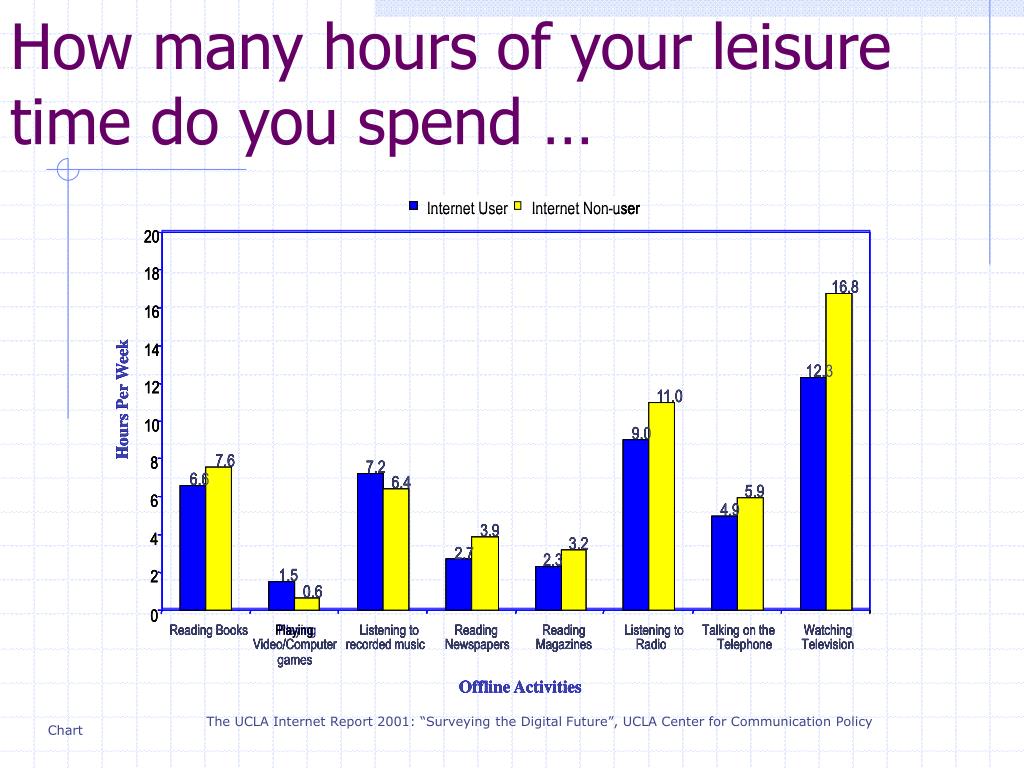
Generally, service exhaust systems are larger than the supply, or are definitely tapered for gradual increase in size. This provides even more airflow through the engine. nine0007 With even more combinations of air and gas, you will really feel even more power and speed while riding.
7. Change the gear ratio.
To change the equipment ratio, you will definitely need to get a new front or rear sprocket and change the existing one. Many cyclists do what's called "downshifting" where you get a big rear sprocket to increase speed. This will cause your full throttle to drop. nine0003
To "prepare" you should get a smaller rear sprocket, which will certainly increase your full throttle, but decrease your speed.
You need to decide whether you want to increase speed or increase full throttle.
8. Install the large diameter kit.
Fitting a large bore kit may require a lot of effort but will greatly increase productivity. Acceleration will be faster and top speed will certainly increase as well. Usually you increase the size of your engine. nine0003
Acceleration will be faster and top speed will certainly increase as well. Usually you increase the size of your engine. nine0003
With more sets of large bores, you will definitely be changing piston and cylinder for a larger size. This allows more air/gas mixtures to enter the combustion chamber, greatly improving the performance of your ATV.
After all this talk, it's safe to say that the performance of an ATV depends a lot on performance as well as engine size. A 125cc ATV is best suited for youth or adult beginners. nine0007 ATV's top speed can be up to 40 mph (ideally). or even more if changes are made.
With a speed controller or adjuster you can control the speed. Because ATVs are built to ride on rough roads, it's a good idea to focus more on performance than speed. You do not need such a high speed for driving on rough roads, as safety and comfort are more important in this situation.
How fast does a 300cc motorcycle go? Detailed view
Rodney L.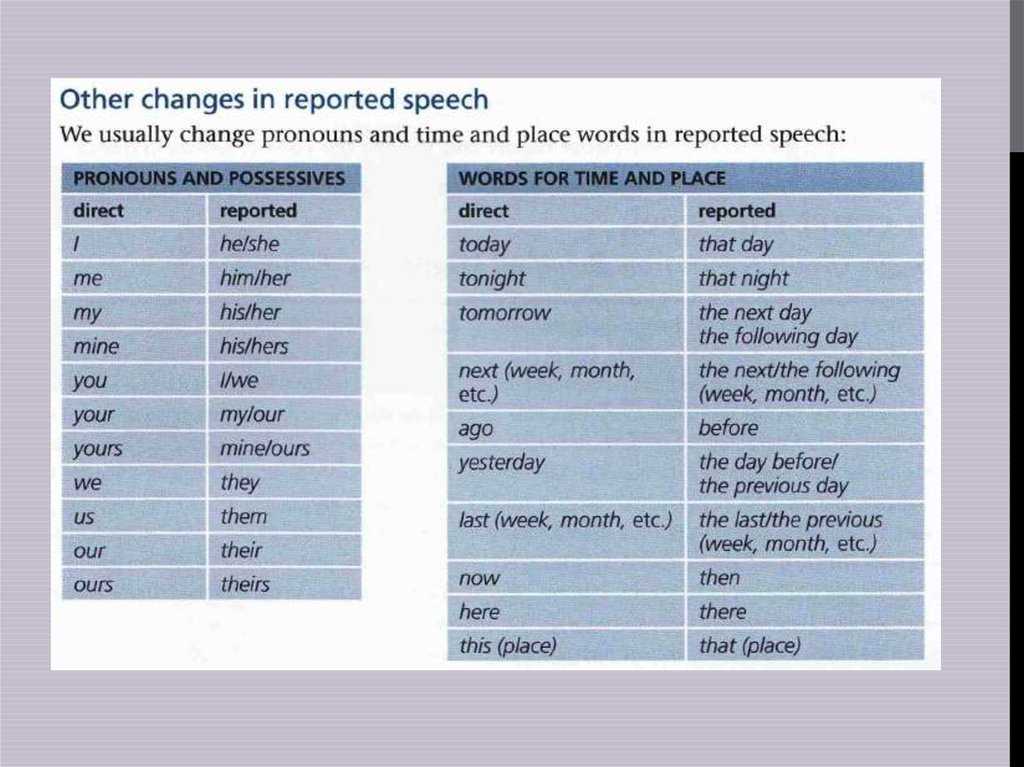 Herron
Herron
Rodney L. is a technical writer and product consultant with over a decade of experience in the automotive industry. Rodney is a fan of high performance machines that run fast and loud and is an expert in all things custom. His numerous articles and reviews are available in our knowledge base. Whether something is wrong with your bike or you are building a custom bike, you can trust Rodney's experience.
Generally, an ATV is considered "multi-mile" when it reaches around 10,000 miles . However, more important is how it was looked after and how it was driven by the previous owner. Even with 10,000 miles on it, if the previous owner put the time and effort into caring for the ATV, there could still be a lot of life left in the car.
Accordingly, which is better Honda or Polaris ATV? Honda is known for its reliability, ease of operation, excellent ride quality, driver comfort and agility. nine0207 Polaris is softer than glass in rough terrain. , it has great power, EBS works great, it's very comfortable to ride, and the power steering is top notch.
nine0207 Polaris is softer than glass in rough terrain. , it has great power, EBS works great, it's very comfortable to ride, and the power steering is top notch.
How many kilometers can an ATV travel on one tank of gasoline? A 5.4 gallon ATV tanker can drive the 108 miles at an average of 20mpg. Factors affecting gas mileage: ATV type and age, tank size, weight, throttle, terrain, tires, engine size, carburetor, and maintenance. To make sure you don't run out of gas, check your 4-wheeler before you travel and take extra gas with you. nine0003
Also, how do you convert ATV hours to miles?
Multiply the number of hours your engine has been running by 60. . Use the resulting number to estimate how many miles your engine has. For example, 1,235 hours on the engine equates to approximately 74,100 miles.
ATV tires typically last as little as a few hundred to 4-5000 miles and over . Their life depends on the surface you ride on, the style of the tires, the hardness and quality of the rubber, age and a number of other factors. Expect 1-2 years if you drive a lot on the roads, or 5-10 years if you stay off the roads. nine0003
Expect 1-2 years if you drive a lot on the roads, or 5-10 years if you stay off the roads. nine0003
Are Polaris ATVs junk? Are Polaris ATVs junk? Polaris easily competes with any other ATV manufacturer. They make good ATVs, people just like different things. This works the same for other vehicles, cars, trucks, etc. You will get soy from every brand that has its own issues, but it doesn't. they are all rubbish .
Do quad bikes keep their value? The cost of ATVs does not drop much over time. nine0207 after a few years their value remains unchanged . Most ATVs lose their original value 3-4 years after first use, and some models lose up to 30% of their base value, but the good thing is that after this period, their prices are mostly the same.
Why are Honda ATVs the best? Honda ATVs have earned a reputation for performance and reliability. Thanks to the explosion-proof transmission and metal gears instead of belts, this brand of ATVs can withstand heavy loads without breaking.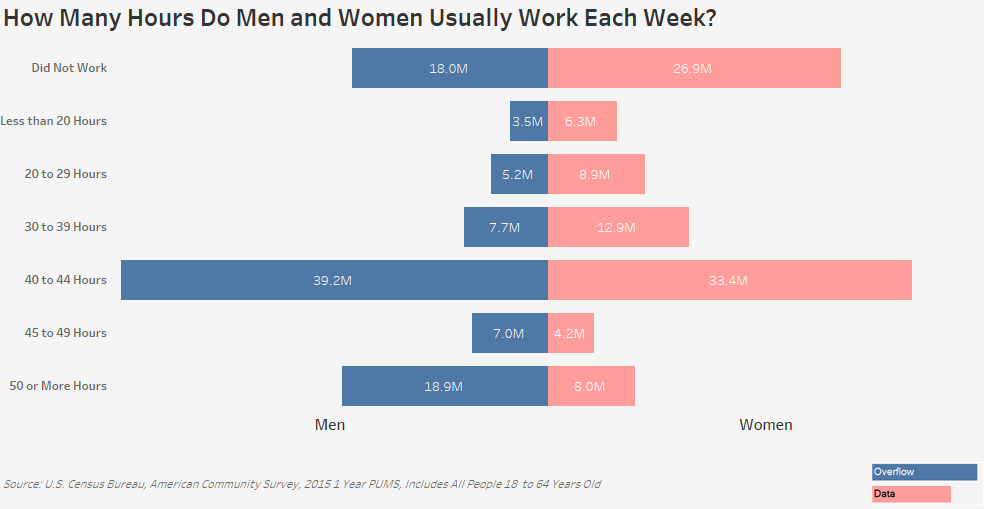 There are The reliable and easy-to-use features of the make Honda ATVs the most popular choice among sport ATV riders.
There are The reliable and easy-to-use features of the make Honda ATVs the most popular choice among sport ATV riders.
The Ecoquad was the clear champion in fuel economy with 45.5 mpg despite spending most of its time at full throttle. The Honda followed with 32.1 mpg and the Arctic Cat diesel with 31.7 mpg, comfortably outpacing the Kymco and Polaris at 24.9.miles per gallon. The Quadzilla trailed with 18.6 mpg.
How many miles per gallon do ATVs get? How many miles per gallon can an ATV go? On average, you're looking at about 15 to 20 mpg for a for a new quad or one that's worn out in a couple of years. Everything will depend on how well you maintain it, and on the characteristics of the engine.
What kind of gasoline do four wheelers use?
However, most ATVs use regular 87 octane gasoline but can run optimally with more expensive gasoline. nine0207 Gasoline 91 or 89 octane. . In other words, the higher the quality of the fuel, the better your engine will perform. In addition, some four-wheelers only use premium fuel.
In other words, the higher the quality of the fuel, the better your engine will perform. In addition, some four-wheelers only use premium fuel.
Is 5000 hours a lot? As a general rule, up to 2,500 hours is a well-run number, while 35,000-5000 hours is considered a high .
How many hours will the truck engine run? You are reducing the speed of the engine compared to driving on the wrong path because it is running at half its maximum speed. In comparison, it should probably have 3500 to 4000 hours of battery life. .
How many miles does it take to drive 2 hours?
How many hours is 2 miles?
| miles | Relaxed pace | Normal pace |
|---|---|---|
| 2 miles | 40 minutes | 30 minutes |
| 3 miles | 1 hour | 45 minutes |
| 4 miles | 1 hour, 20 minutes | 1 hour |
| 5 miles | 1 hour, 40 minutes | 1 hour, 15 minutes |
Nov 27 2021
See also
Should ATV tires spin? Multi-directional tread pattern for better grip on rocks.